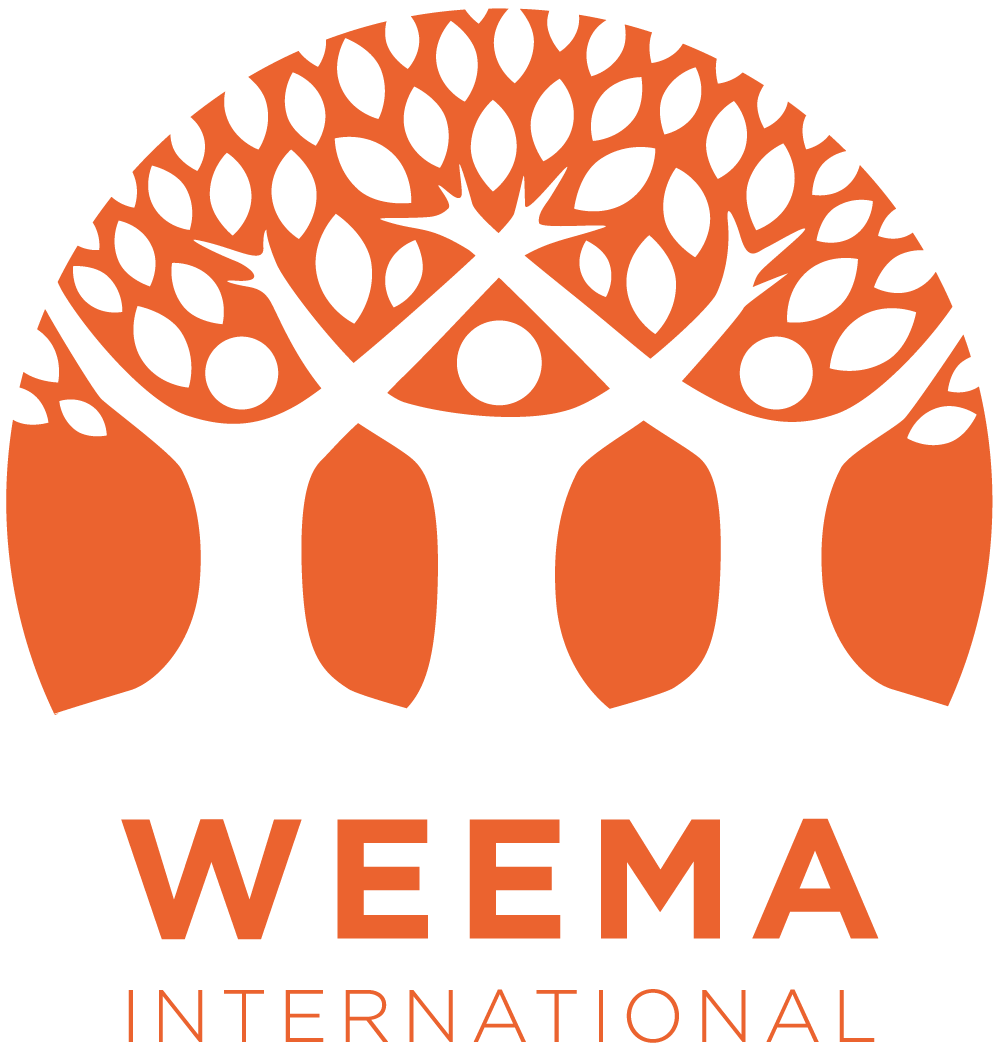Cataracts
THE ISSUE
Cataracts, which can cause visual impairment and blindness, are a widespread health issue in Ethiopia. They are the leading cause of blindness in Ethiopia, afflicting 1 out if every 100 Ethiopians, and have a profound impact on individuals, families, and communities.
Cataracts occur when the natural lens of the eye becomes cloudy, leading to blurry vision, sensitivity to light, and difficulty seeing colors. They develop due to various factors including aging, genetics, long-term exposure to sunlight, malnutrition, and certain medical conditions like diabetes. They also develop due to limited access to healthcare, poor eye health awareness, lack of resources and infrastructure.
The impacts of cataracts on individuals and communities are significant. Blindness or severe visual impairment affects one's ability to perform daily activities, work, and engage in social interactions. This leads to a loss of independence, reduced productivity, and increased economic burdens on families. The consequences of cataract-related blindness also extend beyond the individual, affecting the overall socio-economic development of the country.
To overcome these challenges, sustained investment in eye health infrastructure, training programs, and public awareness campaigns are crucial. By improving access to quality eye care services, Ethiopia can reduce the prevalence of cataracts and alleviate the burden of blindness on individuals and society as a whole.
WEEMA’S COMMUNITY-LED INTERVENTION
WEEMA partners with local hospitals and the Himalayan Cataract Project, our implementing partner, to hold high volume surgical campaigns to cure blindness caused by cataracts. These week-long campaigns are delivering cataract surgeries- and restored eyesight- to over 1000 people in 5-6 days. They also provide local eye professionals with exceptional surgical training, and the medical facilities receive the necessary equipment to provide high-quality eye care services. Through WEEMA’s efforts, more than 6,000 Ethiopian have had their eyesight restored after successful surgeries. Each and every success produces tears of joy and happiness for individuals and their families alike!
FUNDING AND IMPLEMENTING PARTNERS
Himalayan Cataract Project
CATARACTS LOG FRAME
(What is a log frame? A logical framework, often referred to as a log frame, is a planning tool used in international development to design, implement, monitor, and evaluate projects. It establishes a coherent structure to identify and express the project's goals, objectives, activities, inputs, outputs, outcomes, and impacts, while also defining the indicators for measuring success and identifying potential risks and assumptions. This framework fosters accountability and ensures that projects are effectively addressing identified needs and expected results.)
LONG TERM DATA
SUCCESS STORY
Osse’s livelihood is farming and raising cattle, but since going blind 1.5 years ago, he became dependent on his children to take care of his home and land. He lost hope, describing himself as “getting more tired, both mentally and physically.” He also described feeling isolated and not being able to visit his friends like he used to. Losing his vision had an immense impact on his life- thankfully, Osse heard about the Cataract Campaign at his local health center and went in for his preliminary assessment.
As Osse awaited his turn for surgery, his cheerful mood was infectious- he kept other patients chatting as each waited their turn for surgery. Osse’s bilateral cataract surgeries were performed without complications.
The following morning, he arrived with his four sons, eager and ready to remove his surgical bandages. Upon removing the bandages, he reported his vision was blurry, but he was able to see. Follow-up visits and detailed aftercare instructions were given.
His smile says it all Sight restored. Independence restored. Hope restored.





